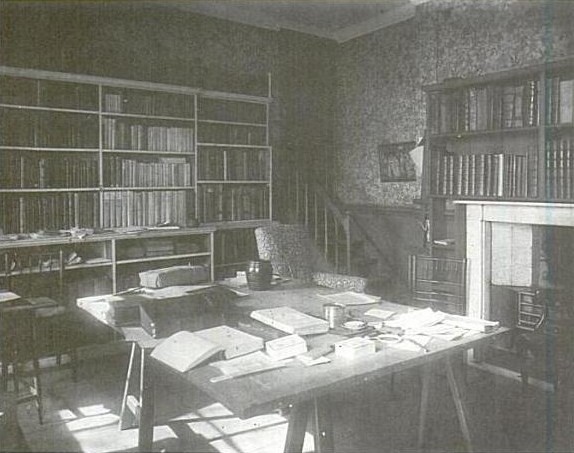
Figure 1 – Arguably the ultimate limited edition publisher, a workroom in William Morris’ Kelmscot House, where such great works as the “Kelmscott Chaucer” were produced.. From the Wikimediacommons and in the public domain.
A couple of days ago, I went off on a bit of a tangent and discussed the pending demise of the mega bookstore. In my opinion, this is an inevitable event for which we await only the march of time. There are, in fact, a number of very interesting considerations that relate to the nature of the book and indeed of photography.
Historically, publishing is a scarcity-based industry. Publishers decided how many copies of a book to publish, and once that run was sold out the future availability of the book became dependent on the publisher choosing to publish further editions and runs. This fundamental economic fact limits who gets published, controls the choices that the reading public has, and controls the price of books. Similarly for fine art photography, editions were limited first by the artist, but then by the galleries, and yet again by the publishers – pretty much the same publishers. Scarcity was the controlling factor, with art and book critics serving as gatekeepers and accomplices.
Electronic publishing, for books, and electronic media, for images, changes the equation dramatically. Books and images can be published and disseminated by demand. Anyone can establish a website and sell their writings or artwork. So the whole process becomes democratized. Your ability to get your message out is limited only by the intrinsic value of your work and by your creativity in selling yourself. Indeed, you need not even feel the need for wide dissemination. You can either choose to worship web statistics (the cyber scorecard) or not. You can publish for the love of sharing or for profit.
We are in this transitional “Brave New World.” The traditional bounds of these industries are crumbling. The means and way to success are becoming rapidly redefined and created anew. You can either succumb kicking and screaming or you can embrace these changes, but they are coming nevertheless!
